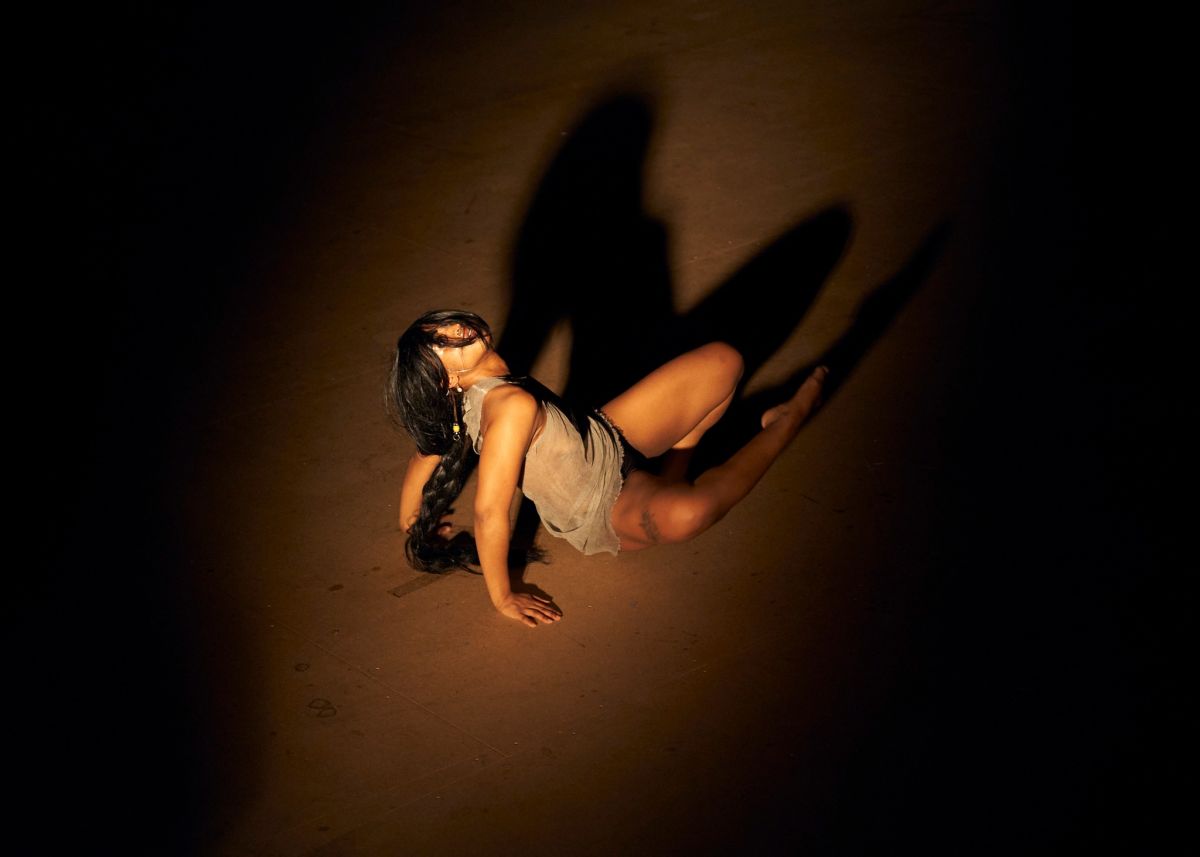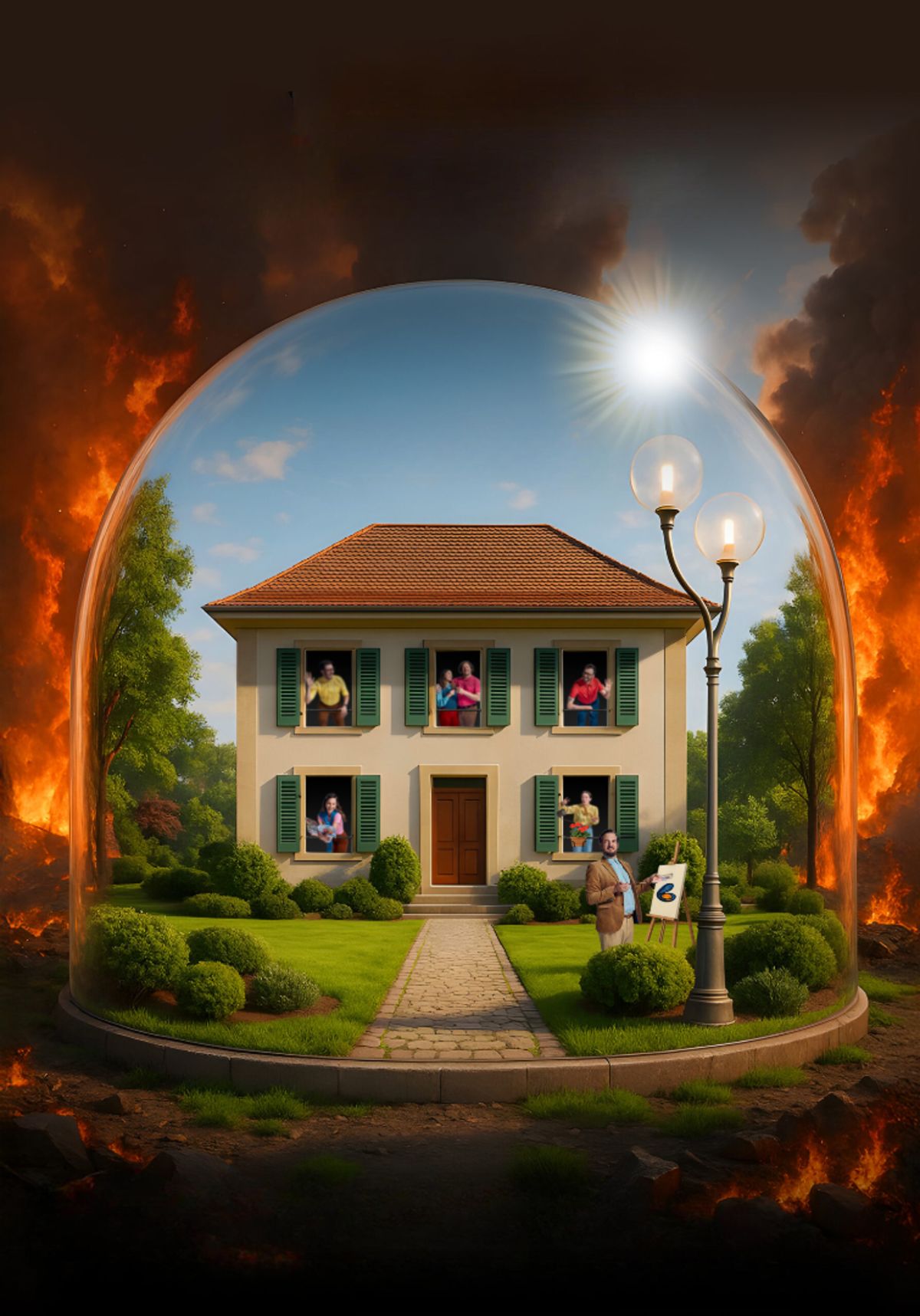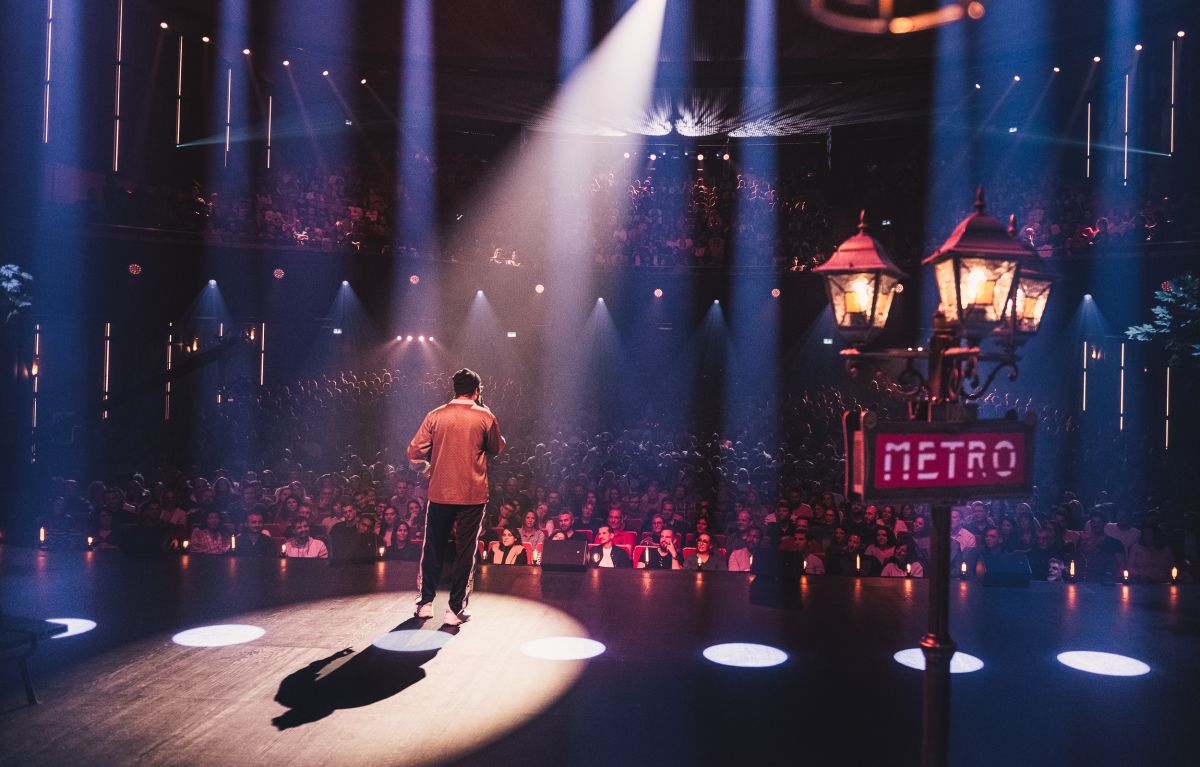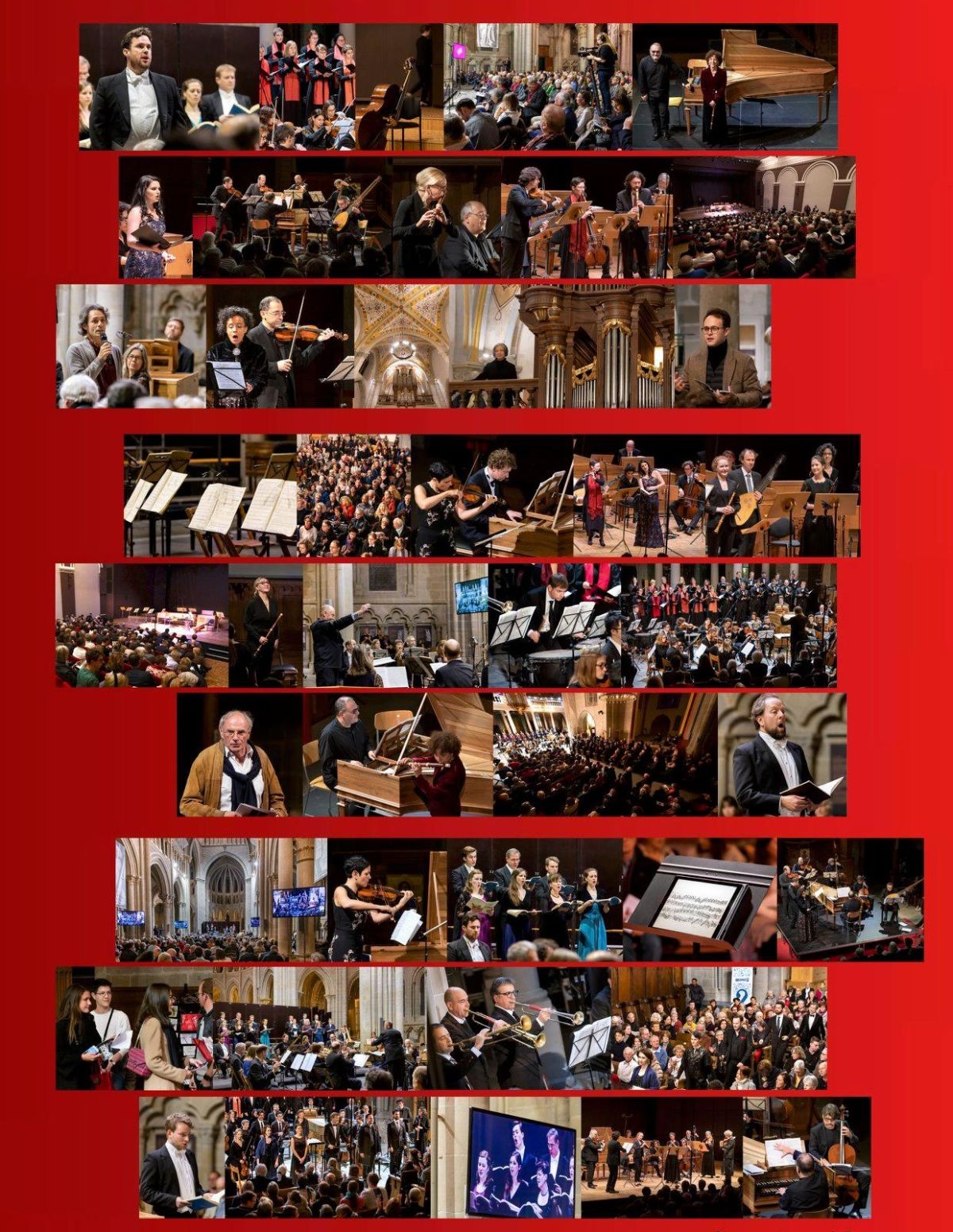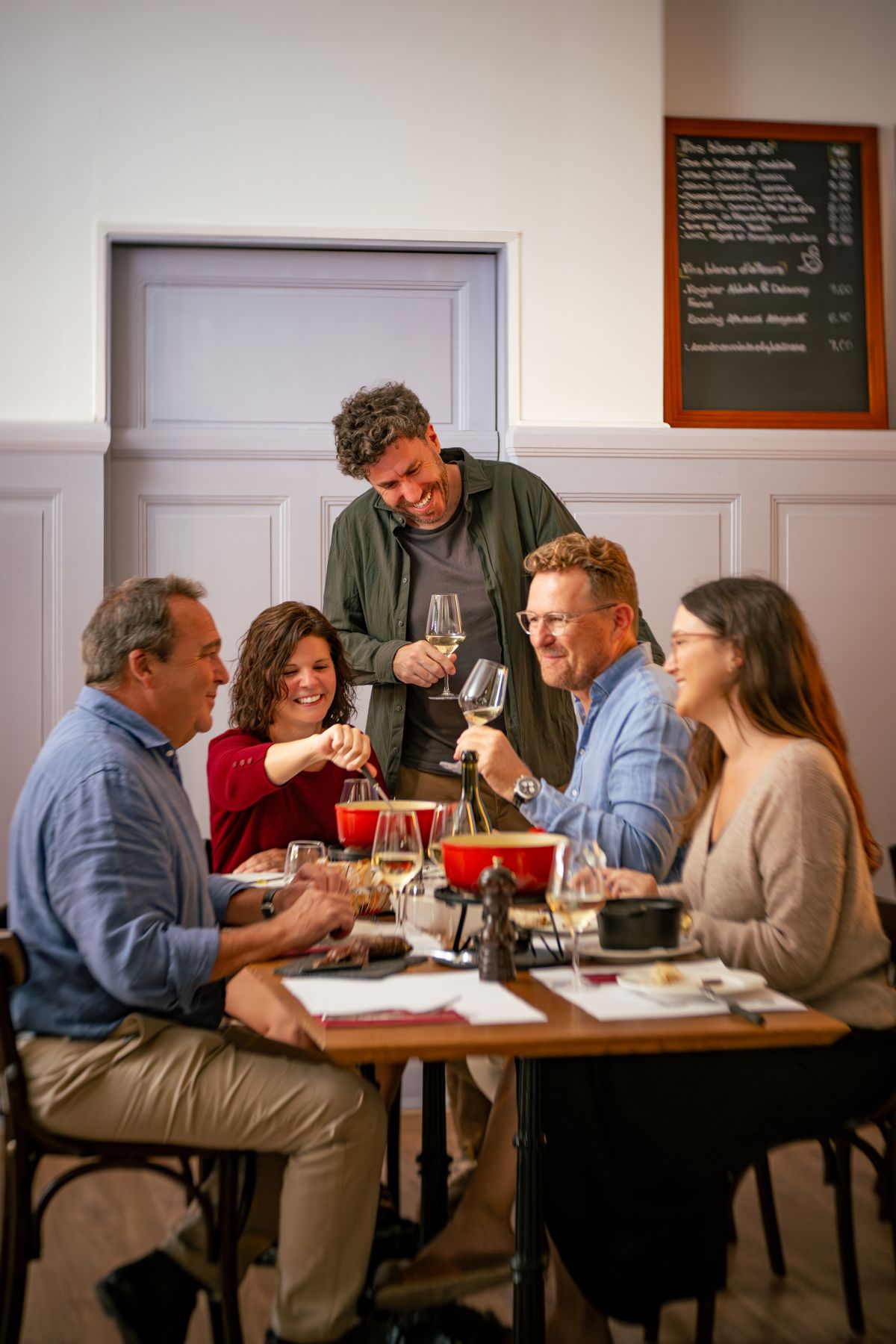Useful information
Address
Schedules
Adults (3-day pass including the Historical Museum of Lausanne and the Roman Museum of Lausanne-Vidy)
12 CHF
AVS/AI (3-day pass including the Historical Museum of Lausanne and the Roman Museum of Lausanne-Vidy)
6 CHF
Children (under 16), students, apprentices, unemployed
Free
Groups from 6 persons (price per person)
6 CHF
Carer of a disabled person
Free
Closed on Mondays (except in July and August).
Public holidays: open from 11am to 6pm.
Free admission on the first Saturday of the month.
Access
Bus 3, 20, 21: «Beaulieu-Jomini» stop.
More info
Dubuffet - the first true theorist of Art Brut - coined the term in the summer of 1945, when he visited psychiatric hospitals, prisons and collections of ethnographic and other art in Switzerland in search of works of interest. The doctors, artists and museum directors he met during this trip would be instrumental in helping Dubuffet build his then-nascent collection and develop the concept and its core principles, which he refined through his subsequent reflections and discoveries - first in Switzerland, and later in France and elsewhere.
Switzerland thus played a key role in the emergence of a new genre that challenged prevailing categories and definitions and helped draw attention to the work of self-taught outsider artists.
The 50th anniversary exhibition “Art Brut in Switzerland - From the Origins of the Collection to the Present” and the accompanying publication bring together contributions from numerous artists and authors to explore Dubuffet’s close and enduring ties with Switzerland - a relationship that led him to donate his collection to the City of Lausanne in 1971 for long-term preservation and public display.
The show features a selection of drawings, paintings, sculptures, embroideries, writings and assemblages from the Collection de l’Art Brut’s holdings. Some of these more than 300 pieces come from Dubuffet’s original collection, which he began building up in 1945, while others are more recent acquisitions added in the half-century since the museum opened in 1976.





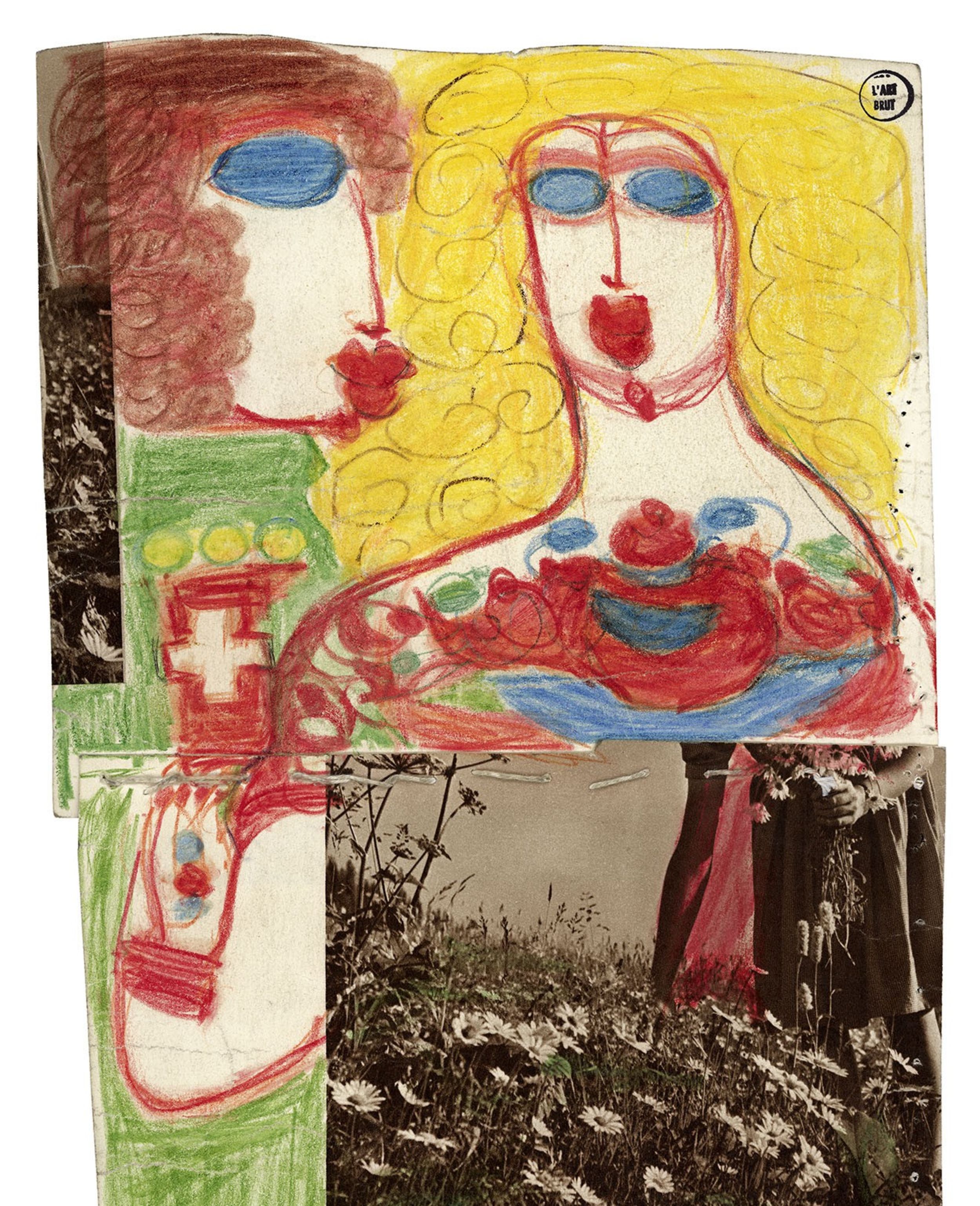
 +41 21 315 25 70
+41 21 315 25 70 Email
Email Website
Website